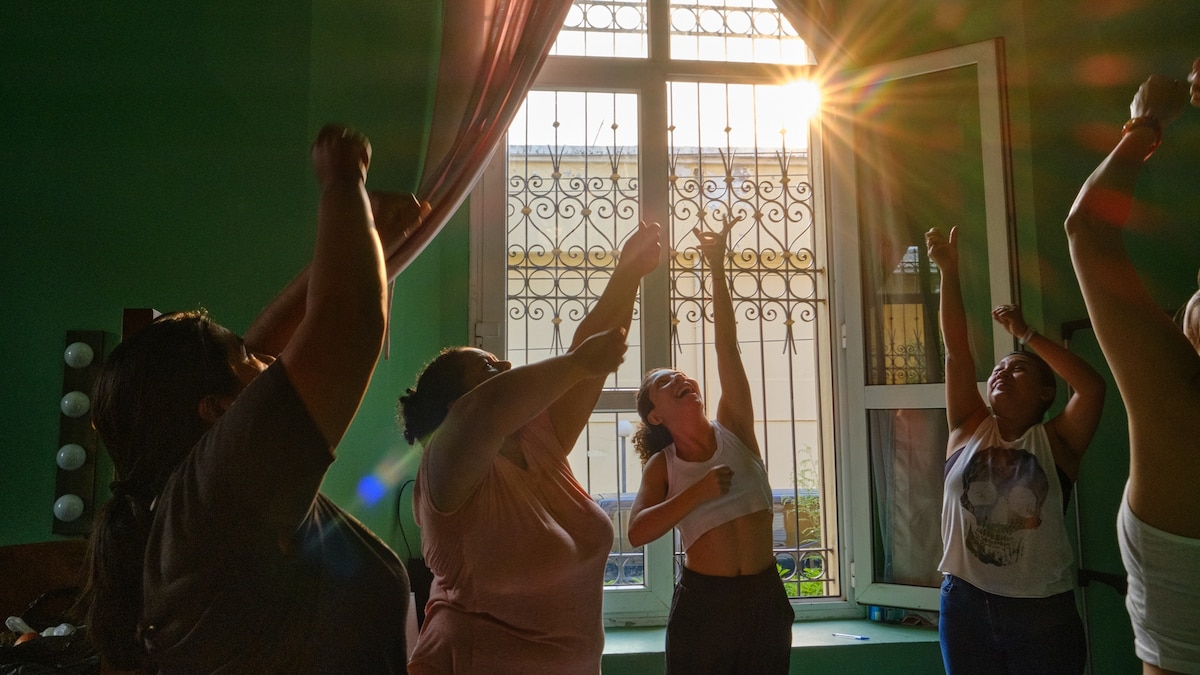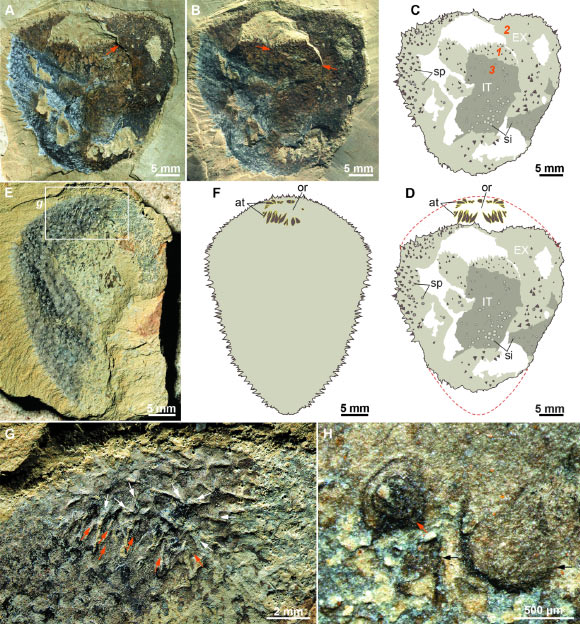Now Reading: You really can recover from a painful experience—and be better than before
-
01
You really can recover from a painful experience—and be better than before
You really can recover from a painful experience—and be better than before

Erica Solove remembers December 30, 2021, like it was yesterday. She was at home in Superior, Colorado, a Boulder suburb at the foot of the Rockies. “It was an extremely windy day,” she says. “Hurricane-force winds. And we quickly realized it’s not just wind coming down the mountain – it’s fire.” She grabbed her napping two-year-old daughter out of her crib while her husband scooped up their five-year-old son. The family got in the car, struggling to open the doors against the wind, and fled without wallets, coats, or even shoes. She remembers how half the sky was black with smoke, while the other half was a bright crystalline blue.
They were fleeing the Marshall Fire, the costliest in Colorado history. Her family lost everything. In the early weeks after the disaster, Solove experienced panic attacks on windy days, and the kids went to trauma therapy. “What an absolute nightmare,” she says.
But three years later, Solove, an organizational psychologist, says she feels stronger than before, even “triumphant.” She now finds it easier to put little stressors in perspective. Her life has grown richer in some ways: She and her neighbors became as close as extended family. She is still overwhelmed by gratitude for the many acts of kindness they experienced, like strangers dropping off home-cooked meals and LEGO sets for her son.
And notably, she has embarked on a new career. Earlier this year Solove started working for a nonprofit called Extreme Weather Survivors. She’s managing an online community for victims of the January 2025 wildfires in Los Angeles. “The kindness people showed to me, I want to pay it forward. A lot of bad came from this, but what good can come from it?”
(Happiness and wealth aren’t enough—here’s why you should strive to ‘flourish’)
Solove’s Marshall Fire story is an example of what researchers call Post-Traumatic Growth (PTG)–a term first coined in 1995. Studies have consistently found that on average, between half and two-thirds of survivors report positive changes and a new life outlook after a tragedy or crisis.
Resilience can be defined broadly as “bouncing back” from adversity, returning to how you were before the hardship struck. When people experience post-traumatic growth, by contrast, they identify improvements in their lives. Recently, researchers have been finding brain structures that correlate with this kind of growth. And they’ve been unearthing new social and community factors and personal behaviors that contribute to fostering it.
The researchers also stress that you don’t need to go through extreme hardship yourself to draw lessons from the phenomenon of post-traumatic growth. We all face some level of adversity, and the experiences of people like Solove hold inspiration for anyone looking to build a more satisfying, connected, joyful life.
How and when we grow from pain
Lawrence Calhoun and Richard G. Tedeschi, now professors of psychology emeritus at the University of North Carolina at Charlotte, coined the term “post-traumatic growth.” They were finding in studying survivors of traumatic experiences, that the survivors sometimes reported positive outcomes. So they developed a validated scale to further measure and understand this kind of growth.
Since then, studies by them and others established that people–sometimes a majority–report positives after experiencing a variety of hardships, such as losing someone close to them, surviving cancer, divorce, sexual assault, or even being a prisoner of war. As people start to heal and recover from trauma, they may feel more self-reliant and self-confident than before the event. New possibilities then open up in their lives, their relationships are stronger, and they feel more gratitude for the “little things.”
According to Tedeschi and other researchers, post-traumatic growth can be promoted in several ways:
You May Also Like
Education: Simply being aware of the possibility of a silver lining helps you look for one. Eranda Jayawickreme, a psychologist at Wake Forest University, points out that this lesson is common across cultures. “If you look at different religious traditions, you have stories about how adversities can be a teacher or can allow you to gain knowledge that you didn’t have before,” he says.
Emotional Regulation: Tedeschi says developing the ability to relax and focus allows you to more fully confront and process your trauma, rather than pushing it aside because it’s too uncomfortable. Tedeschi’s nonprofit, Boulder Crest, has served over 100,000 veterans and first responders, with programs to help reduce the symptoms of PTSD. There, participants pursue emotional regulation through meditation, spending time in nature, and through activities like archery and horseback riding.
Disclosure: Sharing what happened and how it affected you can begin the healing process. “Some people write it in a journal,” says Tedeschi. “Some people tell a friend, some people write a song, some people paint. People express their experiences in different ways; they have to get it outside themselves.”
Narrative Development: While talking about hardships is important, simply rehashing the chaotic bits and pieces of a terrible experience isn’t necessarily going to promote post-traumatic growth, says Tedeschi. Instead, he says you have to assign the episode its place in a new life story, one that includes your recovery and turns toward the next chapter. This can happen through conversations with a therapist, friends, loved ones, or through writing.
Growth can also come from putting one’s struggles in a broader historical and cultural context. Émilie Ellis at the University of Georgia has studied post-traumatic growth in queer women and nonbinary people. They went through Ellis calls “political healing” as they realized their experiences were similar to so many others across the world and throughout history. “So many people talked about how it helped… to learn ‘I wasn’t the only one who’d gone through this,’” Ellis says.
Cultivate community: Ellis’s subjects described finding healing through relationships with partners and “chosen family.” Another study, by Mariah F. Purol and William J. Chopik at Michigan State, also found supportive partners and close friends are important to helping people cope and thrive after a trauma like cancer. And research by Luke Hyde and colleagues at the University of Michigan has found close-knit neighbors can buffer the impact of experiencing difficult childhoods in neighborhoods full of poverty and crime.
Acts of Service: Helping others can make you feel useful and take the focus off you and your trauma. Through service, “you get the idea that the world is bigger than you,” says Tedeschi.
Connection is key
One throughline in all these ideas is the presence of caring others, who can listen to you and help you make sense of what you’ve been through. Tedeschi calls this type of person an “expert companion,” and like Solove, it can often be someone who’s been through something similar.
One potential pitfall to talking about post-traumatic growth, say researchers, is that it might impose unrealistic pollyanna expectations on people who are hurting. “In America, we are partial to a movie-like narrative of a really strong person who takes on challenges and just comes back stronger,” Jayawickreme says. His view is based in part on his experience of conducting post-traumatic growth research in his native Sri Lanka, which experienced decades of civil war. When a whole community is suffering severe, prolonged material deprivation, with murdered and disappeared relatives, they aren’t necessarily looking for silver linings. “For many people who live outside privileged communities, trauma and adversity is a part of daily life. Bad things are bad. People don’t expect to grow from them.”
(Nat Geo’s ultimate guide to ‘touching grass’)
Solove endorses this pushback. “‘Everything happens for a reason,’ ‘It’s all part of Gods’ plan’— that’s not what you want to hear when you’re devastated.”
Nevertheless, after people have time and space to grieve, that’s when the idea of growth becomes most helpful. Jayawickreme says that mental-health practitioners he’s worked with in Sri Lanka ultimately embraced post-traumatic growth because it offers people agency, no matter how difficult their circumstances. “We want to honor the human capacity to engage with extreme suffering and overcome it.”
The takeaway is that no matter what life may bring, how you tell your story matters. Relationships are crucial. So is your emotional regulation. And most importantly, there’s always a chance to feel better by helping someone else. “That kind of value system can really sustain you when your own life is feeling pretty rough,” Tedeschi says.

























